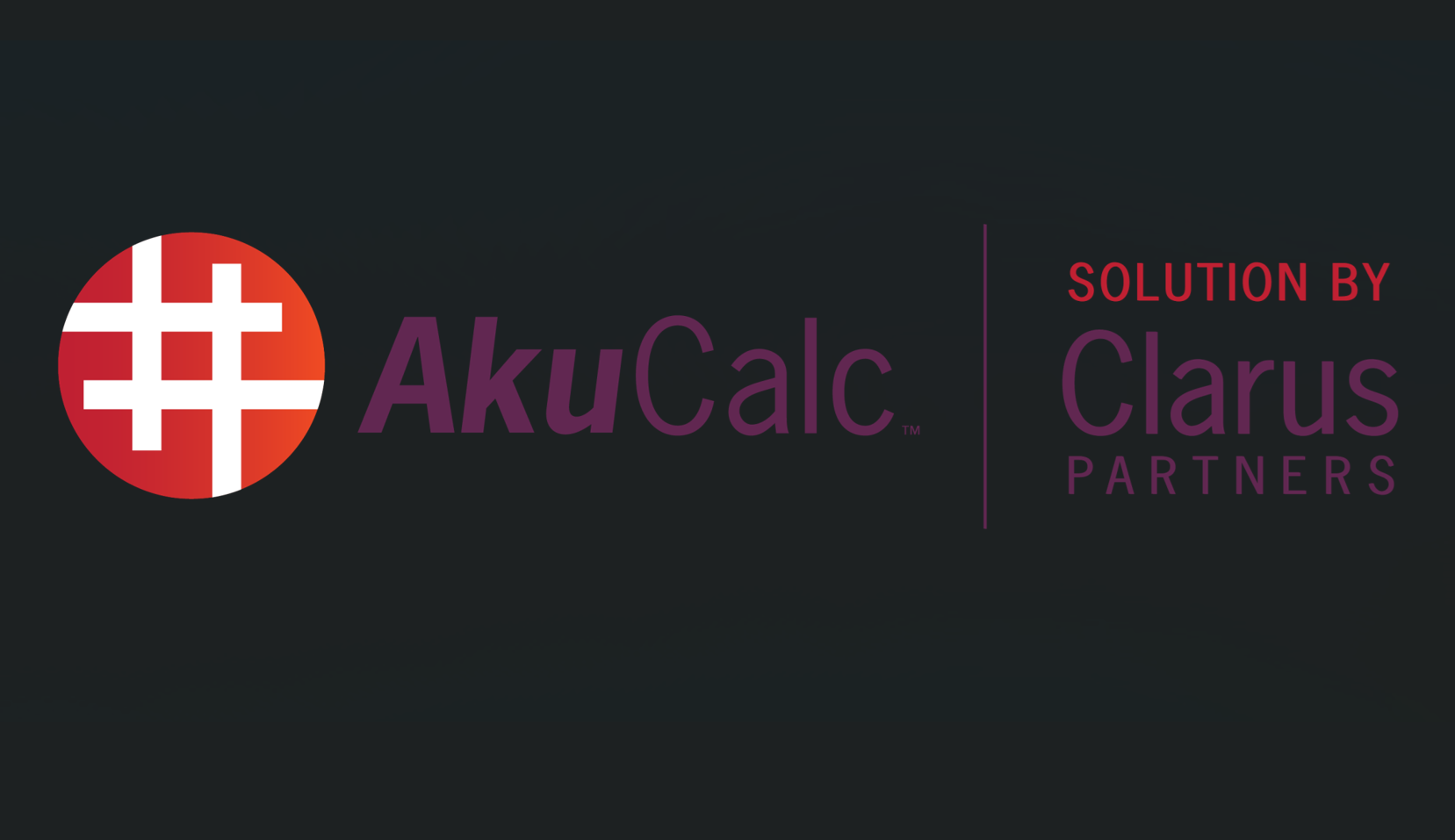With the recent government shutdown and debt ceiling debates fresh on their minds, individual investors – particularly those who are nearing or have just entered retirement – may be wondering what will happen when the government bumps up against the debt ceiling again in February 2014.
While stocks surged this week on the news that Congress had reached a deal to reopen the federal government and avert a potentially catastrophic default, experts say investors should brace for more volatility as lawmakers continue to butt heads over spending. But according to Ron Kelemen, a fee-only Certified Financial Planner professional with the Salem office of The H Group, Inc., planning and saving for retirement does not have to be an anxiety-ridden experience.
In his new book, The Confident Retirement Journey: Your Personal and Financial Roadmap (November 2013, Confident Vision Press, LLC; paperback ISBN: 978-0-578-13054-5, $19.95; eBook ISBN: 978-0-578-13055-2, $9.99), Kelemen offers prescriptive advice that can help those either nearing or already in retirement create a personally and financially fulfilling future.
“Retirement is a journey, not a destination,” said Kelemen. “And like any other journey, it requires planning and proper preparation. Above all, it takes confidence that can only come from an honest look at your situation, separating facts from advertising and taking charge of your own future.”
In nine conversational and informative chapters, the long-time financial planning practitioner and independent financial advisor, provides practical action steps to help readers gain the confidence needed to enjoy a secure and confident second half of life.
In Chapter 1, “The Retirement Landscape,” Kelemen discusses the six major landmarks en route to a successful and fulfilling retirement. These landmarks include: Money and Investments, the 3.5 Phases of Retirement, Life Expectancy, Inflation, Social Security and Health. Kelemen says that all six of these landmarks are required to ensure that all variables have been holistically planned for and considered.
In Chapter 2, “What's Your Retirement Vision?,” the author asks readers to seriously consider what their retirement looks like. Kelemen cautions, “If you don't have a clear vision and a plan to make it happen, retirement and what it represents may remain an elusive dream.”
To that end, Kelemen lays out four important questions that should be answered in order to begin picturing what retirement looks like – independent of what one's friends, neighbors, and colleagues envision as their retirement. The four questions are:
- 1) What Are the Most Important Things You Would Like to Accomplish Between Now and Retirement?;
- 2) What Are the Most Important Things You Would Like to Accomplish Between Retirement and the End of Your Life?;
- 3) What Would Be Your “Perfect Day” in Each of the 3.5 Phases of Retirement?; and
- 4) What about Your Spouse or Significant Other?
Chapter 3, “Where Are You Now?,” encourages a cold, hard and realistic assessment of the state of the financial union by truly understanding one's net worth, expenses, and potential unknowns which can include potential disability, inheritance or windfall from a successful business sale, the likelihood of continued employment, and care for a dependent. In Chapter 4 “What's Your Number,” Kelemen focuses on helping readers define the dollar amount that, once achieved, allows one to retire and, if already in retirement, sleep better. This chapter helps readers determine their “number” as accurately as possible by considering six drivers: retirement lifestyle expenses, work years left until retirement, inflation, social security and pension income, longevity, and after-tax investment returns.
Chapter 5, “How Do You Get There?,” details the five options one has for reaching their ideal retirement including
- 1) hoping for the best;
- 2) working longer before retirement or working part-time in retirement;
- 3) saving more money;
- 4) adjusting expectations for retirement lifestyle; 5) earn more with your investments; or
- 6) die earlier.
Kelemen suggests that the last option might seem funny but, “All joking aside, if your genetics, lifestyle, and state of health aren't favorable, perhaps you won't need to plan for an extended retirement. Your number could be lower.” Chapter 6 “Putting Your Financial Independence Assets to Work,” details how one should be investing in order to reach one's retirement goals.
Chapter 7 “Dealing with Detours” suggests how those planning for retirement should think about possible financial and personal setbacks. Chapter 8, “Beyond the Horizon,” helps readers consider the ways to balance estate planning and retirement planning needs. In Chapter 9 “Let The Journey Begin,” Kelemen brings together all of the advice he has provided to emphasize the important tasks associated with a successful retirement.
The Confident Retirement Journey will soon be available through online booksellers and through the author's website, www.confidentretirementjourney.com. The author's website also includes endorsements from industry thought leaders and published authors. The book is written in accessible language and includes worksheets and action items designed to engage any reader who wants to successfully plan for her or his financial future. The book is available in two formats: paperback, $19.95; and eBook, $9.99.
Thanks for reading CPA Practice Advisor!
Subscribe Already registered? Log In
Need more information? Read the FAQs



